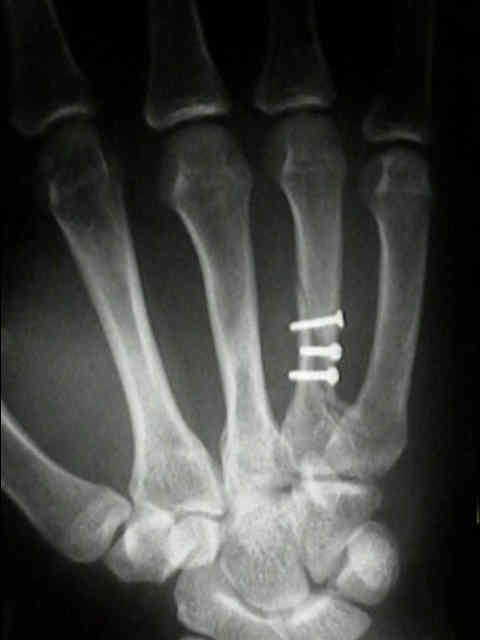

The most suitable classification systems must be reliable and reproducible. They provide comparisons and provide ideas about prognosis. Ĭlassification systems are important to create a common language of evaluation and discussions, so they are necessary, especially in clinical research. Head fractures are classified into subcapital and intra-articular fractures. The AO Foundation and Orthopaedic Trauma Association (AO/OTA) classification of metacarpal fractures includes three parts: head, shaft, and base. Metacarpal shaft fractures are classified into three types: transverse, oblique/spiral, and comminuted. In addition to head fractures, neck fractures, especially in the fourth and fifth fingers (boxer’s fractures), are the most common types of metacarpal fractures, accounting for 20% of all hand fractures. Some types of metacarpal head fractures include epiphyseal, avulsion, comminuted, and boxer fractures with articular extension. Fractures of the metacarpal head are rare and mostly seen in the index finger, and they are expected to become intra-articular. The classification of the fifth metacarpal bone has been based on anatomical regions (head, neck, shaft, and base). Therefore, this study could guide future investigations to determine the first-line treatment of fifth distal metacarpal fracture patterns using this classification and help form a common language among surgeons concerning their treatment options.įractures of the metacarpals and phalanges are the most common fractures of the upper extremities. Categorization in radiographs might provide ideas regarding the prognosis and clinical outcomes of fracture patterns. This study represented a unique classification system for fractures of the distal part of the fifth metacarpal bone. Type Ia was the most prevalent among all groups. In 166 patients (163 males and 3 females), concerning the percentage of the distribution of fracture types, the most common type was Type I accounted for 81 (48.8%) followed by Type II 70 (42.2%), Type III 11 (6.6%), and Type IV 4 (2.4%). Mean values of inter and intra-observer reliability were excellent ( p = 0.85) and substantial ( p = 0.70), respectively. Reliabilities of intra- and inter-observer were calculated with Spearman’s rho correlation coefficient. Two orthopedic surgeons reviewed and categorized them according to a newly designed classification. Material and methodsĪ total of 166 fifth distal metacarpal fractures were identified for classification and recorded. The aim of this study was to describe a new classification system based on x-ray and to evaluate its reliability and reproducibility. To our knowledge, the classification of the fifth distal metacarpal bone fractures has not been studied. The fifth metacarpal fractures are the most common in all of hand fractures.


 0 kommentar(er)
0 kommentar(er)
